Implementation of Integrated Performance Assessment (IPA) at Postsecondary Mandarin Chinese Classes
This is an ongoing study on Integrated Performance Assessment (IPA) implementation in postsecondary novice-level Mandarin Chinese classes. The …

This is an ongoing study on Integrated Performance Assessment (IPA) implementation in postsecondary novice-level Mandarin Chinese classes. The …

Empirical data in relation to students’ satisfaction with tutoring sessions were gathered with an open-ended survey from one …
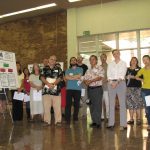
Several studies have revealed that successful mentoring affects college student retention. Also, research on attrition shows that the …
The Food Science and Human Nutrition (FSHN) Undergraduate program has established an ad-hoc committee to assess written communication …
Many students find sequenced courses to be challenging due to prerequisite knowledge being the starting point in each …
This project establishes a programmatic assessment plan for the Bachelors of Science program in Molecular and Cell Biology …
The faculty of Hawaiian Studies (HWST) developed a blended assessment plan for our undergraduate program over the past …
Student learning outcome (SLO) statements made by an educational program serve as targets for achievement and openly communicate …
Scholarship on language teacher education emphasizes teaching language skills. Yet preservice language teachers must learn more than grammar …
This project presents a signature assignment for Indo-Pacific culture courses to assess the students’ cultural competency by discussing …
The Department of History has been engaged in assessment work of our undergraduate major, identifying how we can …
Exploring curriculum assessment is an exciting but daunting activity, especially when you first dive in. Faculty are currently …
All Fashion Design & Merchandising courses were evaluated and analyzed by rubric for FDM program evaluation and assessment. …
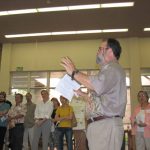
The Philosophy undergraduate program has a relatively small number of student learning outcomes and most of these refer …
The Atmospheric Science BS program has strict requirements to meet the National Weather Service requirements for employment with …
The College of Social Sciences offers 11 bachelor degrees and a wide range of undergraduate course offerings that …
The Mānoa Advising Center (MAC) began teaching their first major exploration course, UNIV 340, in Spring 2014. Since …
A 2023-2029 imperative goal of the University of Hawai‘i is to fulfill kuleana to Native Hawaiians and Hawaiʻi …
The Diversification requirement is intended to assure that every student has a broad exposure to different domains of …
“The ability of students to identify, interpret, and evaluate primary sources and other historical texts is crucial to …
This poster will describe a systematic approach to increase knowledge and build capacity among college-level assessment leaders for …
This assessment project describes how the Mathematics, Natural and Health Sciences Division faculty at the University of Hawai’i …
At UH West Oahu, there are five Institutional Learning Outcomes (ILOs) including (1) Effective Communication; (2) Cultural Awareness; …
“To become a Native Hawaiian Place of Learning (UHM Strategic Plan, 2022) is to move toward Decolonial Indigenization …
This poster is about an effort to make better Journalism through better curriculum assessment as well as through …
Since 2020 the University of Hawaii, Manoa School of Life Sciences has developed curriculum and assessment for all …
“In 2021, the American Association of Colleges of Nursing (AACN) published the Essentials: Core Competencies for Professional Nursing …
The purpose of this project was to establish a systematic process to gather program learning outcome data. This …
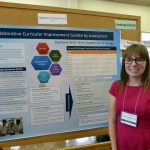
The Department of Biology at the University of Hawaiʻi at Mānoa began collaborative program assessment in the fall …
In this workshop, participants will learn how to use individual student results for program-level assessment and decision making; …
This workshop will help undergraduate programs complete the new question on the annual assessment report that asks them …

In 2018, the Communication program in the School of Communications conducted a program assessment of undergraduate senior capstone …

We demonstrate how faculty use efficient and effective assessment of learning to improve the written and oral communication …
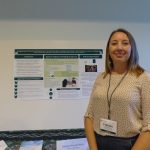
This project was to increase the learning and the assessment capabilities in two core Child and Family courses. By …
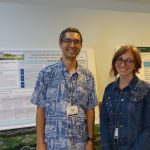
Less than 75% of Biological Engineering students have been assessed as meeting student learning outcome targets in the …
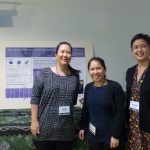
Children in Hawaii experience the worst oral health outcomes nationally. Seven out of 10 third graders experience tooth …
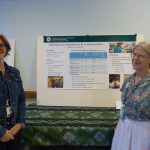
For the BS in Animal Sciences supervisor evaluations from the capstone field experience provide a valuable external check …
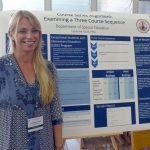
This poster outlines the process through which faculty examined how the embedded assignments, field components, and signature assignment …
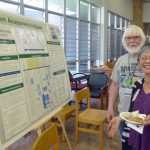
Department of Mathematics Program Assessment via Exam by Heiner Dovermann
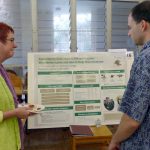
This poster shares results of a survey conducted in Summer 2016 to individuals eligible to participate in the …

The undergraduate programs from two departments, Tropical Plant and Soil Sciences (TPSS) and Plant and Environmental Protection Sciences …

Animation is one of the three degree tracks in ACM Department. It has 2 full-time faculty positions and …

Poster will outline new learning objectives for the Geography department as a result of a faculty discussion of …
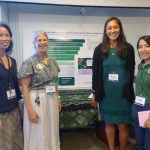
The poster will describe the process that the dietetics program faculty and staff underwent to develop a systematic …
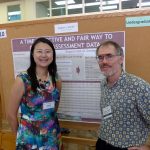
Assessment efforts at the University of Hawaiʻi at Mānoa strive to help departments meet learning objectives the departments …

Undergraduate programs in the College of Tropical Agriculture and Human Resources (CTAHR) are typically managed solely within a …
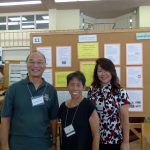
The Elementary Education Program (EEP) has about 30 instructional faculty and field supervisors who serve about 200 elementary …

This poster exhibits the outcomes assessment practices of the BA in Second Language Studies program. While engaging in …

The Communication Department’s mission is to meet the challenges and opportunities of communication in the emerging technological, multicultural, …
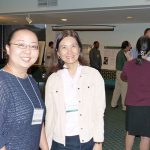
The Communication Department’s undergraduate curriculum is currently guided by seven SLOs (Student Learning Outcomes), which are demonstrable skills …
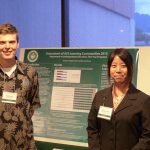
Access to College Excellence (ACE) at UHM provides a series of first year programs that serve approximately 25% …

Swine Production is a senior capstone course in which students integrate concepts learned in courses such as nutrition, …

As the only institution of its kind in the world, the UHM Korean Language Flagship Center (KLFC) undergraduate …
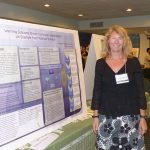
The Political Science faculty modified existing departmental, undergraduate student learning outcomes (SLOs), which informed assessment development and curricular …
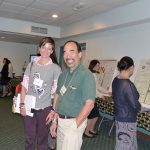
In the last 6 months, the Department of Psychology has initiated a new plan that is expected to …

SLS 150 (Learning Languages and Communicating in a Globalized World) is an introductory course mainly for first-year (freshman) …
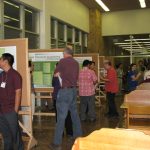
The Department of Botany faculty members have completed the initial steps of developing a program assessment plan for …
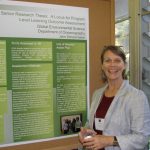
The Global Environmental Science (GES) program offers a B.S. degree through the Department of Oceanography in the School …